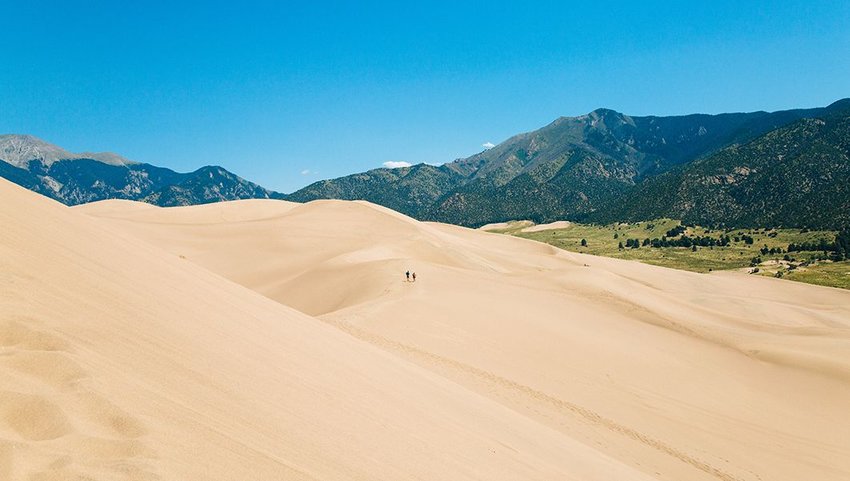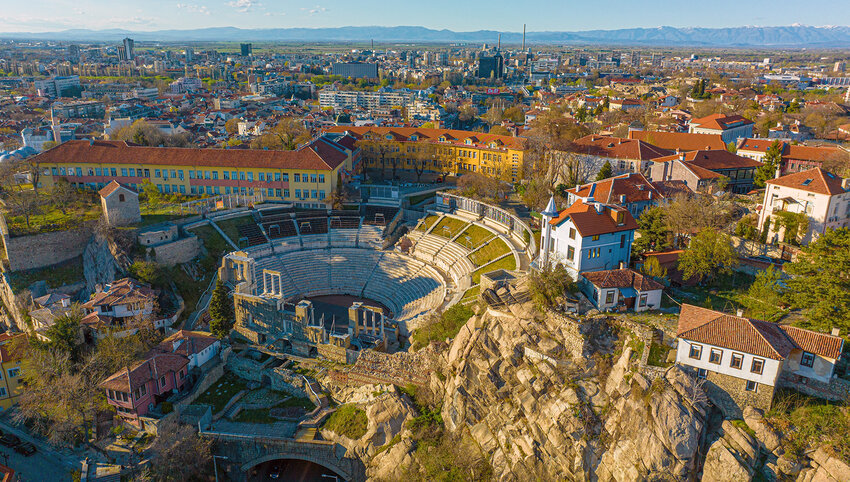It’s likely that you're already familiar with the many beaches, lakes, mountains, and rivers that define the magnificent topography of the United States. But what about sand dunes? Sand dunes have been shaped and reshaped over millions of years and present fantastic opportunities for boarding, hiking, photography, and watching wildlife. From the unforgiving desert of Death Valley to the Pacific Coast, this is where to experience epic sand dunes in the U.S.
Coral Pink Sand Dunes State Park, Utah
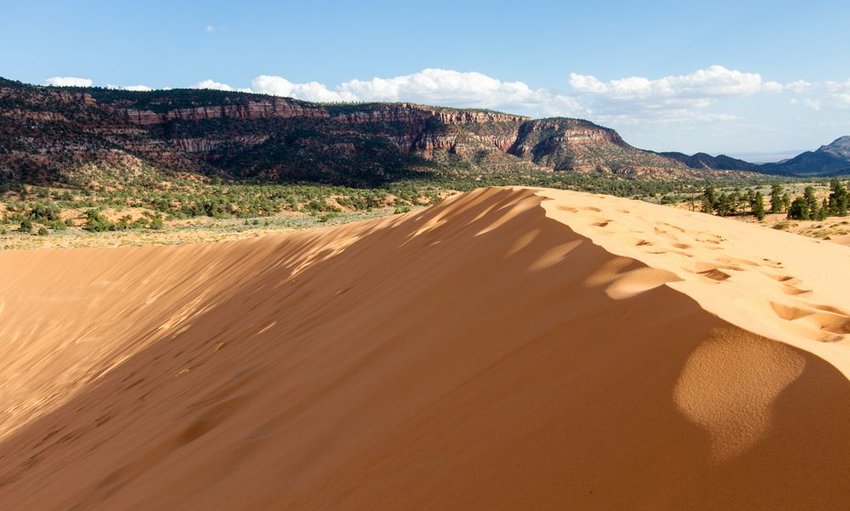
In southern Utah, the red rocks that characterizes the state’s landscape change to soft pinkish sands at Coral Pink Sand Dunes State Park. Strong and constantly changing winds in the region can force these mighty dunes to shift up to 50 feet over the course of a year. Consequently, the alternating shapes present fascinating scenes for avid photographers — especially at sunset when the sun’s rays cast a magical light over the dunes. Adventure activities such as ATV riding, hiking, horseback riding, and sand boarding are also great pastimes in this state park. You can also look out for wildlife such as the coral pink sand dunes tiger beetle, salamanders, and toads.
Great Sand Dunes National Park and Preserve, Colorado
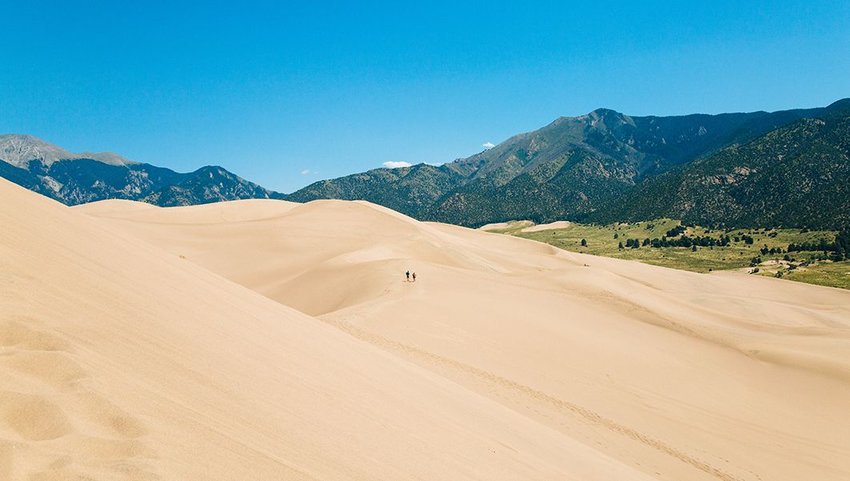
If you're going dune hunting, the tallest dune in North America should be high on your list. Mountains of sand at Great Sand Dunes National Park and Preserve in Colorado can reach dizzying heights of over 700 feet. Test your endurance on a hike to summit the Star Dune, the tallest dune in the park. In spring and summer, melted snow also creates a beach at Medano Creek. Come to swim and surf when you aren’t having fun fat biking, sledding, star gazing, or spotting a sandhill crane migration.
Imperial Sand Dunes Recreation Area, California
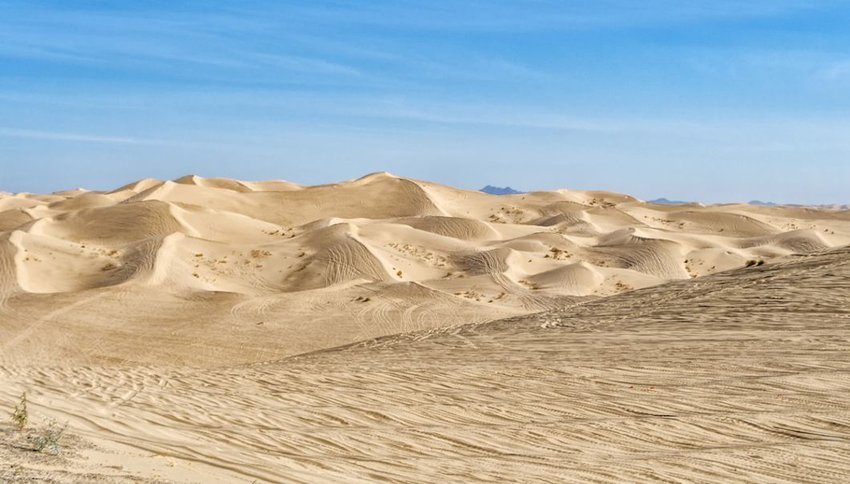
There’s nothing quite like that feeling of being transported to an extraterrestrial land, which is what you can experience at Imperial Sand Dunes Recreation Area. Movie buffs will recognize this wilderness area in southern California from its appearance in Star Wars Episode VI: Return of the Jedi. With an off-road vehicle you can drive over the golden sands to Buttercup Valley, where Luke Skywalker negotiated with Jabba the Hutt to free Chewbacca, Han Solo, and Leia. Many people also drive along Highway 78, which features sweeping views of the dunes.
Mesquite Flat Sand Dunes, California
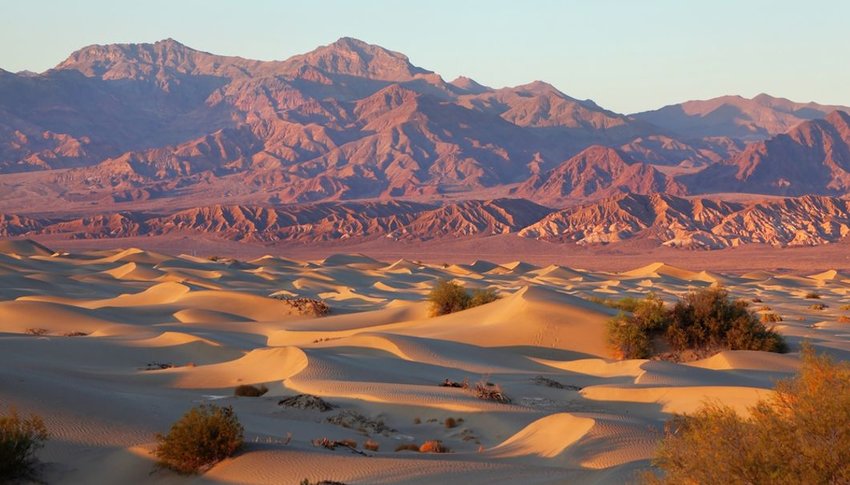
Only a very small percentage of Death Valley’s millions of acres include sand dunes, yet that doesn’t make Mesquite Flat Sand Dunes any less breathtaking. This is one of the most easily accessible areas in one of the nation’s most unforgiving environments. The park features three types of dunes: crescent, linear, and star-shaped. Ever-shifting sands mean that marked trails are impossible, so you have to improvise (and be safe) when hiking. Keep an eye out for animal footprints early in the morning and partake in some sand-boarding excitement.
Morro Bay Natural Preserve, California
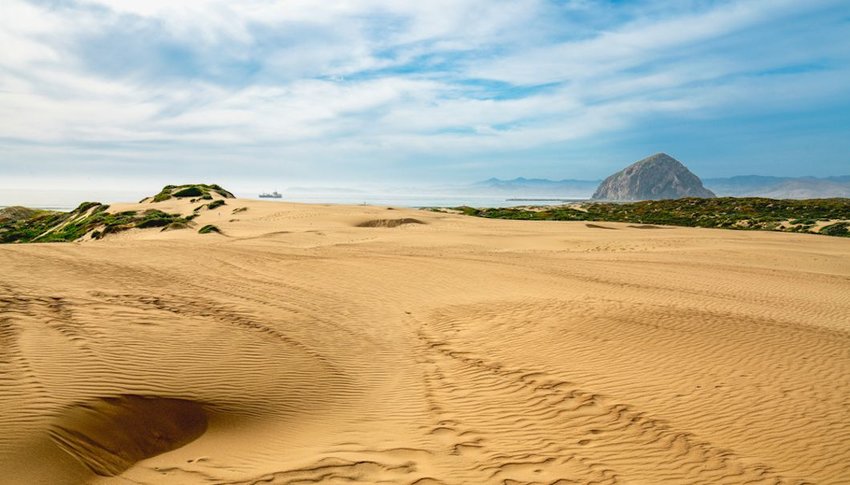
At the end of a sandspit that protects Morro Bay from the Pacific Ocean is a swathe of golden, undulating dunes and a protected bird nesting area. Walk from Montaña de Oro State Park onto Sandspit Beach and then continue north along a desolate stretch of coastline, where dunes flow down into the ocean. Reach the northernmost point of the sandspit and you’ll be rewarded with views of Morro Rock. Late-afternoon is arguably the best time to get there. Snowy plovers nest in the dunes between March and September, when some sections of the preserve are closed.
Oregon Dunes National Recreation Area, Oregon
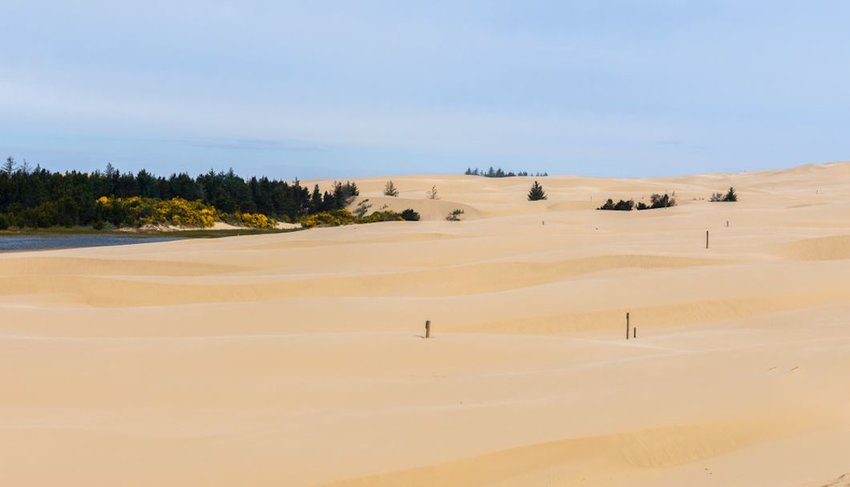
Stretching for 40 miles and reaching heights of 500 feet, the Oregon Dunes National Recreation Area is a sight to behold in a state lauded for its natural diversity. The dunes rise out of coastal forests above the pounding waves of the Pacific and are a natural habitat for unusual flora and fauna. Look for curious animals such as the western snowy plover shorebird, Siuslaw hairy-necked tiger beetle, and black-tailed deer. ATV driving is popular throughout the dunes and there are plenty of accessible walks at the Oregon Dunes day use area. Later, head to Tahkenitch Lake for water adventures with a unique backdrop of the sand dunes.
White Sand Dunes National Park, New Mexico

A highlight of any New Mexico trip is the world’s largest field of gypsum dunes. The soft sulphate mineral is what creates the dazzling ethereal white color seen across White Sand Dunes National Park. Wave upon wave of dunes sprawl across 275 square miles and are notably spectacular at both sunrise and sunset, so come early and hang around all day. There’s a 16-mile scenic road to drive and a five-mile backcountry hike to enjoy. Be sure to kick off your shoes since white sand doesn’t absorb heat. Plan ahead to reserve one of the limited wild camping pitches.

